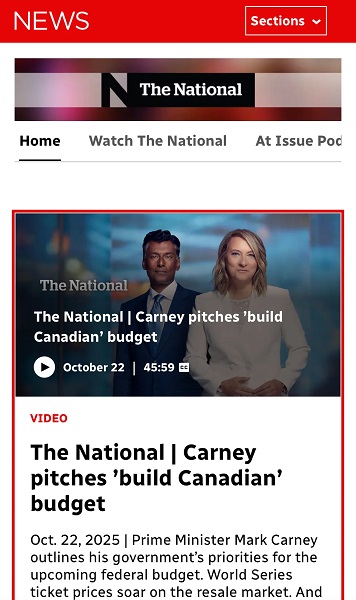Opinion
PBO Report Reveals Trudeau’s Carbon Tax Crushes Middle-Class Canadians
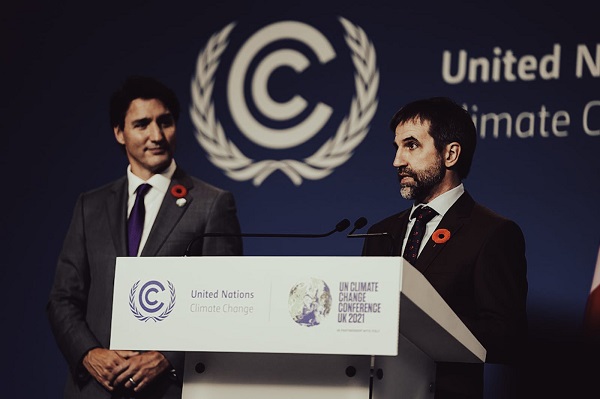
PBO Report Exposes Trudeau’s Carbon Tax as a Middle-Class Burden, With Net Economic Losses, Crushed Job Prospects, and Hollow Rebates
In a bombshell report dated October 10, 2024, the Parliamentary Budget Officer (PBO) exposes the cold reality of Trudeau’s carbon tax policy: it’s making life harder for middle-class Canadians. While the Prime Minister continues to tout the virtues of his climate plan, the PBO’s findings show that far from protecting the environment, the federal fuel charge is crippling Canadian families—especially those in the middle income brackets.
Let’s be clear: Trudeau’s carbon tax isn’t just a simple “polluter pays” system. According to the PBO’s distributional analysis of the federal fuel charge, average Canadian households will face substantial net economic costs by 2030, despite government-issued rebates. Trudeau loves to parade the fact that Canadians get rebates through the Canada Carbon Rebate (CCR), but the numbers tell a different story when you dig into the real economic impact.
The Middle-Class Burden
For middle-class Canadians, the so-called “climate action” of the Trudeau government comes with serious consequences. By 2030-31, the carbon price will hit $170 per tonne, with devastating effects on household incomes. Even though rebates are supposed to offset the pain, the PBO’s analysis shows that once you factor in the economic fallout—job losses, reduced wages, and weaker investments—middle-class families end up worse off.
For example, in Ontario, a province Trudeau regularly visits to promote his policies, middle-income households will face steep costs. According to the PBO, households in the third quintile (middle income) will see $588 in net costs—and that’s just after factoring in rebates. When you look at the combined hit from job losses and reduced income, the overall financial burden for middle-class families grows even larger.
In Saskatchewan, things are even more dire. The average household in the third income quintile will suffer from a $1,205 net loss by 2030-31. For working families who depend on stable employment in energy, agriculture, and manufacturing, this tax punishes them more than it rewards them.
Trudeau’s Rebate Shell Game
Trudeau’s government spins the carbon rebate as some kind of economic miracle, suggesting families get back more than they pay. But as the PBO’s report shows, this claim is little more than political smoke and mirrors. The rebates might look good on paper for the lowest-income Canadians, but for everyone else—especially middle-income earners—it’s a losing game.
Even with rebates factored in, the economic damage of Trudeau’s carbon tax results in net losses for most families. By 2030, the federal fuel charge will contribute to an overall reduction of 0.6% in real GDP across the backstop provinces, which excludes Quebec and British Columbia. Middle-class families are stuck dealing with reduced employment opportunities, lower investment incomes, and weaker wage growth—all while Trudeau’s elite friends and the liberal establishment pat themselves on the back for “going green”.
Crushing Investments and Jobs
What Trudeau doesn’t want you to know is that this tax doesn’t just hurt family finances. It’s killing jobs. The PBO report shows that by 2030, the carbon tax will reduce capital income—that’s the money people earn from investments—by as much as 2.4% in provinces like Alberta. Worse, it will slash labor income—the wages people depend on—by over 1.4% in places like Saskatchewan. That’s devastating for middle-income earners whose livelihoods depend on industries targeted by the Liberals’ climate agenda.
While low-income Canadians might see minimal gains from Trudeau’s rebates, middle-class families face the harsh reality of stagnant wages, diminished savings, and a lack of economic opportunity. Trudeau’s tax isn’t just a burden on polluters, it’s a punishment for working Canadians trying to get by.
A Failed Experiment – Just Look at British Columbia
If you want to see where Trudeau’s carbon tax will lead, just look at British Columbia. They’ve had a carbon tax since 2008, and it hasn’t stopped a single wildfire, flood, or heat dome. Did that carbon tax prevent the devastating atmospheric river? Not a chance. This so-called climate solution has done nothing to shield British Columbians from environmental disasters.
Even worse, while the federal government has been collecting billions in carbon tax revenue, they’ve neglected to address the fuel buildup in forests around places like Jasper. For years, experts have warned about the dangers, and yet not a dime of that tax money was spent on controlled burns or preventive measures. The result? Our beautiful Jasper National Park was left to burn. Trudeau and his government couldn’t save our park, they couldn’t save our forests, and they certainly couldn’t save Jasper.
A Sacrifice for Nothing
My fellow Canadians, governments have been trying to control the weather since the dawn of time. Ancient civilizations sacrificed animals to the gods, hoping for good weather. Today, the sacrifice is your money. Yesterday, it was a goat to Zeus; today, it’s a carbon tax to Trudeau. In the end, it’s just another way for the government to take from you, promising it will fix things it simply cannot control.
But here’s the truth: this tax won’t change the climate, won’t stop the floods, and certainly won’t bring back our forests. The only thing it’s doing is draining your household to feed a bloated government. The PBO report is clear: Trudeau’s carbon tax is hurting middle-class families while delivering nothing in return.
Subscribe to The Opposition with Dan Knight . For the full experience, upgrade your subscription.
International
Nigeria better stop killing Christians — or America’s coming “guns-a-blazing”

President Trump on Saturday warned that the United States military “may very well” launch an armed intervention in Nigeria if the government continues allowing the slaughter of Christians by radical Islamist groups — a stark escalation following his recent designation of the African nation as a “Country of Particular Concern.”
— Rapid Response 47 (@RapidResponse47) November 1, 2025
In a post on Truth Social, Trump directed the Department of War to “prepare for possible action,” warning Nigerian officials that Washington’s patience had run out. “If the Nigerian Government continues to allow the killing of Christians, the U.S.A. will immediately stop all aid and assistance to Nigeria and may very well go into that now disgraced country, guns-a-blazing, to completely wipe out the Islamic terrorists who are committing these horrible atrocities,” Trump wrote. He added that any American strike “will be fast, vicious, and sweet, just like the terrorist thugs attack our cherished Christians.”
The warning follows Trump’s declaration Friday that “Christianity is facing an existential threat in Nigeria,” where thousands have been massacred by Islamist militants. He said the numbers were staggering — citing roughly 3,100 Christian deaths in Nigeria compared with about 4,476 worldwide — and ordered Rep. Riley Moore (R-W.Va.) and House Appropriations Chairman Tom Cole (R-OK) to immediately investigate and report their findings. “Something must be done,” Trump wrote, calling the situation “a mass slaughter” and urging swift action.
Trump’s call to action has drawn praise from prominent voices. Rap mogul Nicki Minaj reposted Trump’s earlier remarks and said his attention to the plight of Nigerian Christians gave her a “deep sense of gratitude.” “We live in a country where we can freely worship God,” she wrote on X. “No group should ever be persecuted for practicing their religion.”
Trump’s increasingly forceful stance on Nigeria marks one of the clearest demonstrations yet of his promise to defend persecuted Christians worldwide — and to use America’s power, if necessary, to make that protection real.
Justice
A Justice System That Hates Punishment Can’t Protect the Innocent
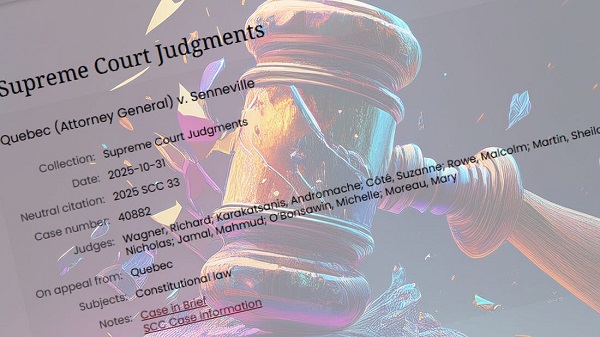
Five judges decided that child exploitation isn’t worth a year in prison
What the hell is going on in Canada?
Quebec (Attorney General) v. Senneville – SCC Cases
This isn’t a legal debate. This isn’t a constitutional nuance. This is a collapse. A collapse of morality, of justice, of basic human decency.
This week, the Supreme Court of Canada ruled—by a 5-4 vote—that handing a child pornographer a one-year prison sentence is cruel and unusual punishment. Yes, really. According to the highest court in the land, asking a man who hoarded videos of children—actual children—being raped… to serve twelve months behind bars… is too much to ask. It’s excessive. It’s unfair.
ARE YOU HEARING THIS?!!!!?!!!!?
Let’s talk about the two men at the center of this decision. Not hypotheticals. Not academic theories. Real men. Real crimes. Real victims.
Louis-Pier Senneville—a former soldier, no less—pleaded guilty to possessing over 470 files, 90 percent of which featured young girls aged 3 to 6. Think about that. Three years old. These weren’t gray-area images. These were children, babies, being sodomized, penetrated, used like objects. And he didn’t stumble across them—he looked for them, on specialized sites, and kept them for over a year.
Mathieu Naud? He went even further. 531 images, 274 videos, kids aged 5 to 10. Anal, vaginal, oral rape. These are things no human being should even have to read about—let alone sit in front of a computer and download, categorize, and distribute. Which he did. For months. With software designed to erase his tracks.
This isn’t some “first-time slip-up.” This is deliberate, targeted, depraved behavior. And now?
90 days.
9 to 11 months.
That’s the punishment.
That’s what the Canadian justice system thinks these crimes are worth.
Because five justices decided that asking a pedophile to spend one year in prison might be too harsh for a hypothetical offender. Not these offenders. Not the ones with troves of abuse files saved on hard drives. No… some imaginary guy who maybe clicked the wrong link.
This is what liberalism does to a justice system. It corrupts it beyond repair. It starts with empathy for criminals, and ends with judges protecting predators from consequences. Because in the upside-down world of progressive legal theory, the offender is always the victim. And the actual victims—the kids in those videos—are reduced to footnotes. Inconvenient collateral damage.
This decision—this revolting, disgraceful ruling—is not some fluke. It’s not an isolated misfire by a rogue court. It is the natural conclusion of a liberal worldview that refuses to see evil for what it is. A worldview that sees punishment as outdated, that sees moral judgment as offensive, and that sees child predators as victims of circumstance who just need counseling and compassion.
You want to know what happens when you erase right and wrong?
When your leaders worship “inclusivity” more than innocence?
When your courts protect predators more than children?
This happens.
Five judges decided that a man hoarding child rape videos should be treated with mercy.
Not the children in the videos—no. Not the parents whose lives were shattered.
Not the society that expects its institutions to defend the weak and punish the wicked.
No, mercy for the predator. ALWAYS FOR THE PREDATOR!!!
And now these men—Senneville and Naud—will be out walking the streets. Free men. Maybe shopping next to you at the grocery store. Maybe living near a school. Because Canada’s highest court decided that a year in prison was just too mean.
This isn’t policy failure. This is moral treason.
It’s going to take more than reform to fix this. It’s going to take an entirely new political order—one that puts children before criminals, justice before hypotheticals, and truth before ideology.
Until then, this isn’t a justice system.
It’s a disgrace.
And every decent person in Canada should be outraged.
-

 Alberta2 days ago
Alberta2 days agoFrom Underdog to Top Broodmare
-

 Business22 hours ago
Business22 hours agoTrans Mountain executive says it’s time to fix the system, expand access, and think like a nation builder
-

 Economy2 days ago
Economy2 days agoIn his own words: Stunning Climate Change pivot from Bill Gates. Poverty and disease should be top concern.
-
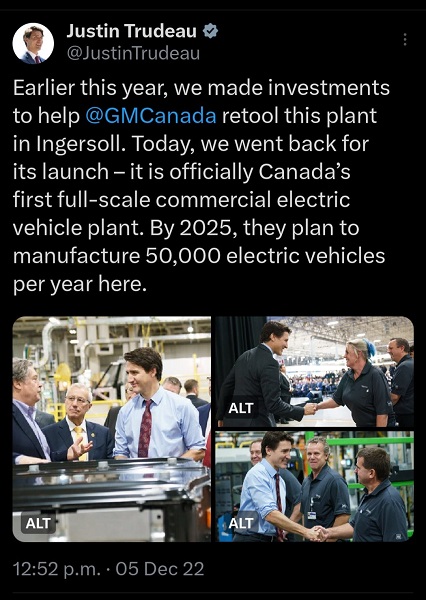
 Business2 days ago
Business2 days agoPaying for Trudeau’s EV Gamble: Ottawa Bought Jobs That Disappeared
-

 Business2 days ago
Business2 days agoCBC uses tax dollars to hire more bureaucrats, fewer journalists
-

 International20 hours ago
International20 hours agoBiden’s Autopen Orders declared “null and void”
-
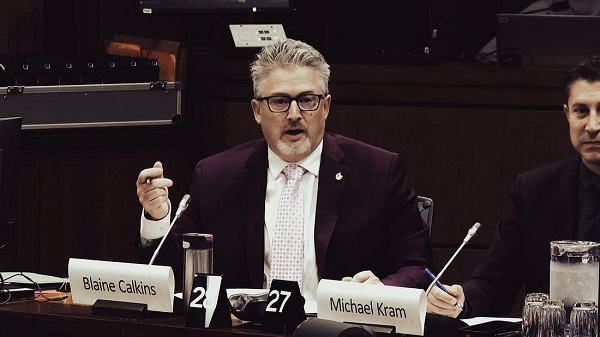
 National2 days ago
National2 days agoElection Officials Warn MPs: Canada’s Ballot System Is Being Exploited
-
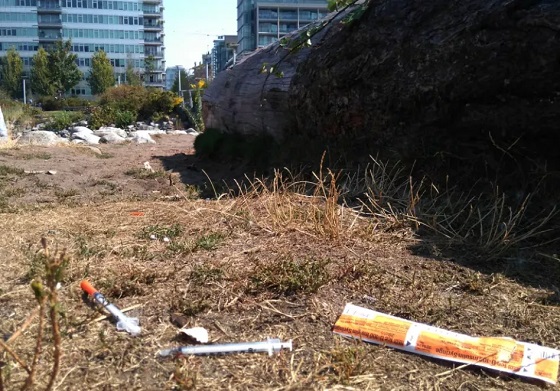
 Addictions2 days ago
Addictions2 days agoThe Shaky Science Behind Harm Reduction and Pediatric Gender Medicine








